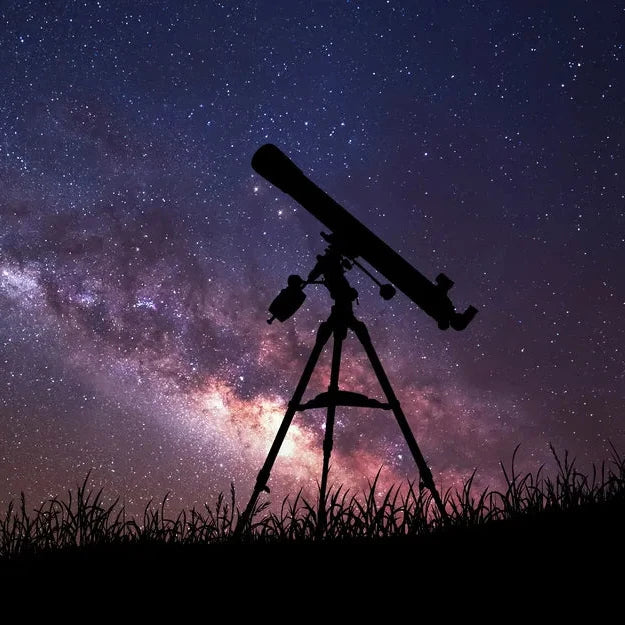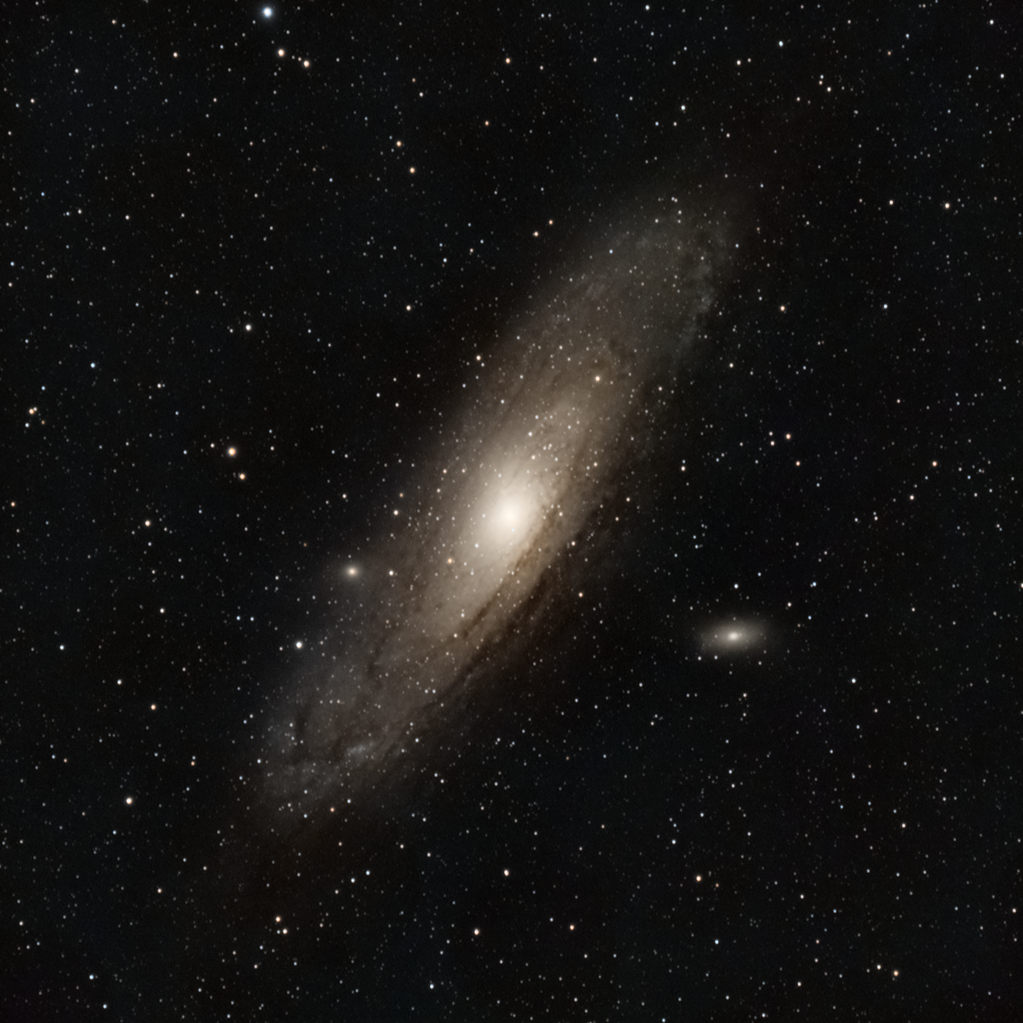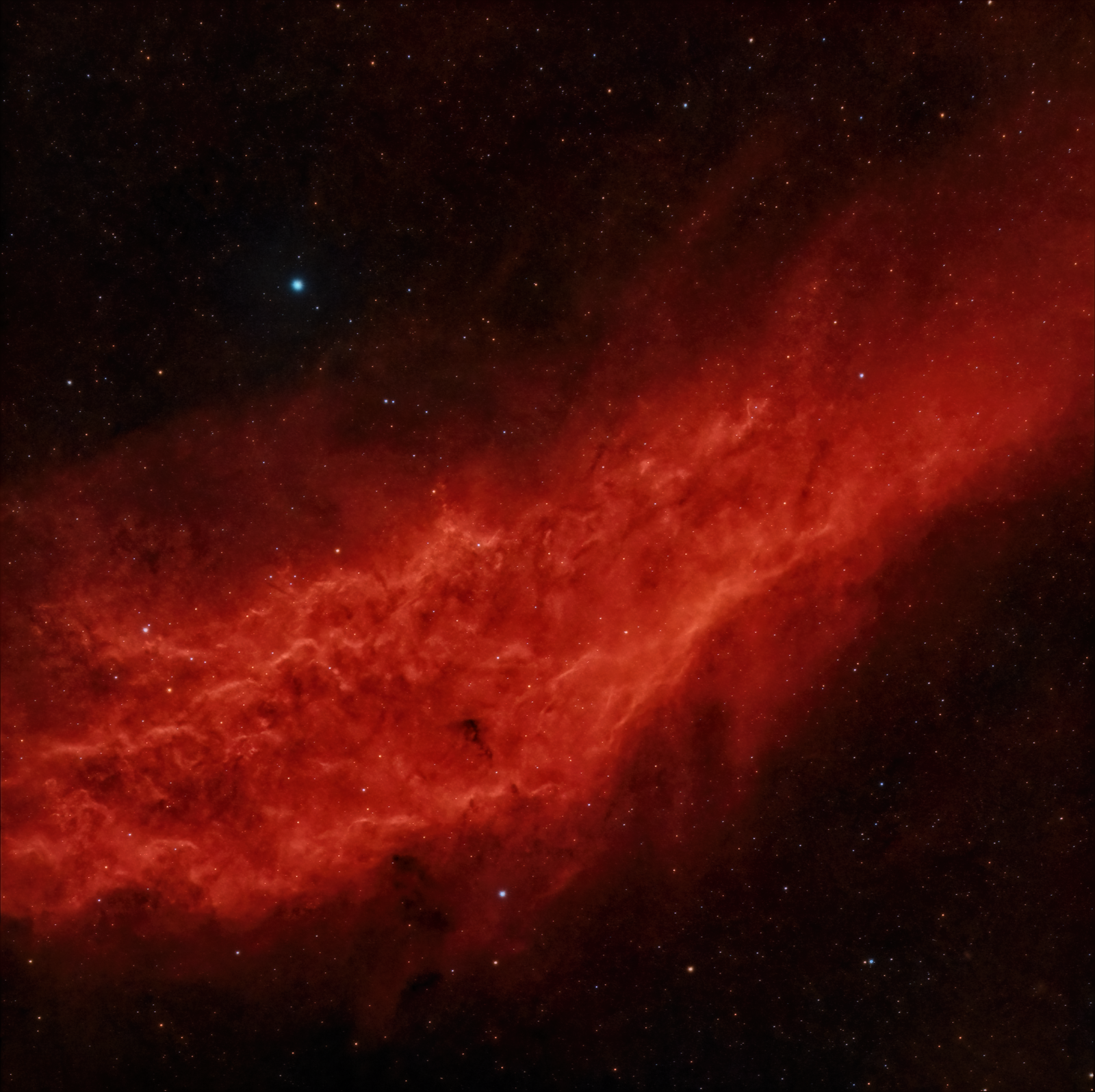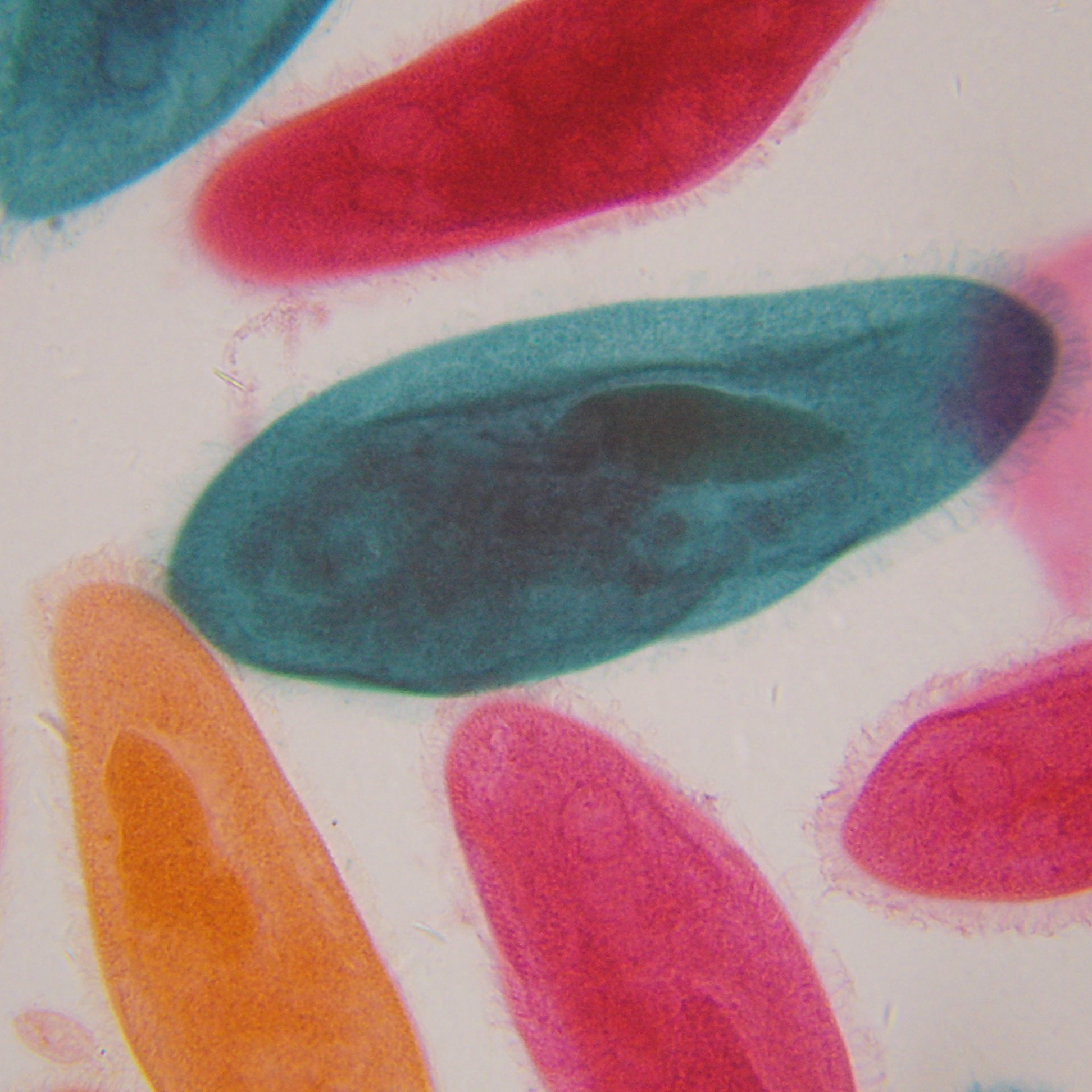用望远镜观察火星
一项能够增进你对火星理解的重大挑战是,找到并绘制你通过望远镜看到的反照率特征。火星反照率图将帮助你识别这些特征。
请注意,地图上标注的特征并非每次出现/冲日时都能被观测者看到,因为这取决于行星朝向地球的半球(远日冲日时为北半球,近日冲日时为南半球),以及行星表面尘埃和云层随时间的变化情况。图中所示的较暗反照率特征通常在大多数出现/冲日时可见。
南北极冠(NPC 和 SPC)的大小将根据火星半球当前的季节变化而变化。类似运河的反照率特征是由于火星表面明暗区域之间的对比效应造成的。
观测设备
天文学家使用优质仪器和配件所应用的工具和技术对于探测火星和其他延伸天体(月球、行星和星云)表面的低对比度反照率特征至关重要。
想要探测火星表面或大气层微弱细节的观测者必须事先做好准备,才能成功观测。未来的火星观测者需要使用衍射极限(透镜或反射镜允许1/4波长峰谷表面误差)、经过适当准直并冷却至环境温度的仪器,才能探测到这颗红色星球上精细的反照率特征。
有许多优秀的望远镜设计可用于对行星进行高分辨率观测和成像,包括折射望远镜(双合透镜(消色差)或复消色差(三合透镜))、反射望远镜(不同配置和表面形状的多个镜子)和折反射望远镜(透镜和镜子的组合)。
许多人认为,采用双合透镜(消色差透镜)或超低色散(ED)三合透镜的折射望远镜是经典的行星观测仪器。这种设计采用形状合理(衍射极限)、居中且带有挡板(放置在镜筒内以减少杂散光对最终图像的影响)的透镜,将为观测者提供最清晰、对比度最高的图像。
不幸的是,折射望远镜的价格非常昂贵,因为其镜头直径超过4英寸/10.2厘米,除非使用短焦距ED三片式镜头,否则需要更大更重的支架来支撑它。在良好的视宁度(大气)条件下,使用4至6英寸(10-15厘米)的折射望远镜观测火星,其景象令人印象深刻,令人难忘。
 反射镜有多种设计,但最流行的是牛顿反射镜,它是由著名的英国科学家艾萨克·牛顿爵士(1643-1727)于 1668 年发明的。牛顿反射镜在管的一端采用主抛物面镜,在管的另一端采用小平面次镜,将反射光偏转到管的一侧以观察物体。
反射镜有多种设计,但最流行的是牛顿反射镜,它是由著名的英国科学家艾萨克·牛顿爵士(1643-1727)于 1668 年发明的。牛顿反射镜在管的一端采用主抛物面镜,在管的另一端采用小平面次镜,将反射光偏转到管的一侧以观察物体。
一个结构精良的牛顿反射望远镜,如果主镜和次镜都具备衍射极限,且次镜直径不超过主镜直径的20%到25%,就能提供出色的月球和行星图像。我拍摄的一些月球、行星和深空天体的最佳照片都是通过高质量的牛顿反射望远镜拍摄的。

折反射式反射镜利用透镜和反射镜来形成最终图像。折反射式设计的一个例子是格雷戈里·马克苏托夫-卡塞格林反射镜,由俄罗斯/苏联光学设计师兼业余天文学家德米特里·德米特里耶维奇·马克苏托夫(1896-1964)于1941年开发。
一种流行的马克苏托夫-卡塞格林望远镜是格雷戈里型(或称“点型”)马克苏托夫-卡塞格林望远镜,它采用全球面设计,并在校正器内表面上设有一个小的镀铝点作为副镜。这种设计可以“固定”副镜(通常是弱负透镜校正器内表面上的一个镀铝点),并且无需使用会产生衍射尖峰的星轮。
制造格雷戈里·马克苏托夫-卡塞格林望远镜的难点在于,随着口径的增大,所需的全孔径校正透镜会变得越来越大、越来越重,成本也越来越高。全孔径校正透镜还需要额外的时间冷却到环境温度,而冷却时间的长短取决于仪器的口径。由于这些限制,马克苏托夫-卡塞格林望远镜的口径通常不会超过180毫米(7英寸)。
另一种流行的折反射望远镜设计是施密特-卡塞格林望远镜,包括星特朗施密特-卡塞格林望远镜(由星特朗太平洋公司的托马斯·“汤姆”·J·约翰逊(1923-2012)于1970年开发)和米德施密特-卡塞格林望远镜(由约翰·C·迪贝尔于1972年开发)。施密特-卡塞格林反射望远镜是一种非常流行的仪器,世界各地的业余天文学家用它来观测和拍摄月球、行星和深空天体。行星业余天文学家将要使用的任何望远镜设计都必须达到衍射极限、经过准直,并能够达到观测地点的环境温度。

观察行星的目镜




铝箔/滤光片(深蓝色或紫色)/纸板/金属丝遮蔽条。遮蔽条遮挡火星,从而显示火星卫星的伸长状态。






关于作者:
 几十年来, 卡洛斯·埃尔南德斯大使将他的行星观测结果贡献给了世界各地的组织,包括月球和行星观测者协会(ALPO,美国)、英国天文学协会(BAA,英国)、东方天文学协会(OAA,日本)以及许多其他优秀的行星业余天文学家团体。
几十年来, 卡洛斯·埃尔南德斯大使将他的行星观测结果贡献给了世界各地的组织,包括月球和行星观测者协会(ALPO,美国)、英国天文学协会(BAA,英国)、东方天文学协会(OAA,日本)以及许多其他优秀的行星业余天文学家团体。







